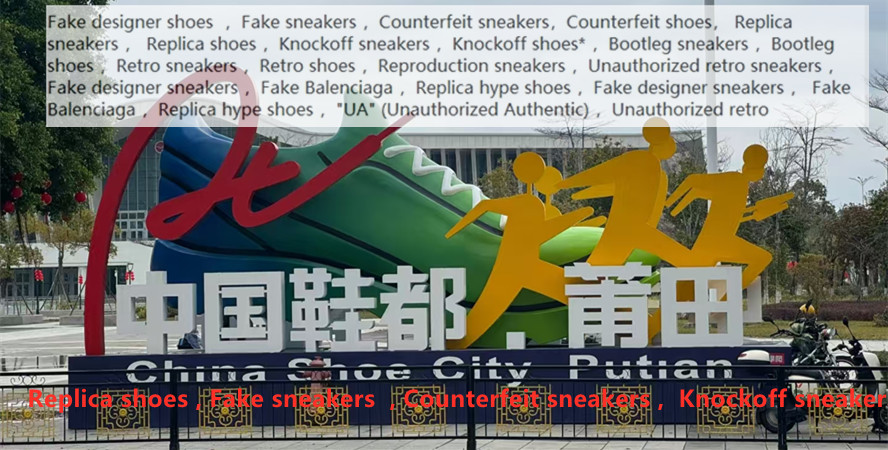Replica hype shoesMarket Version vs. Company Level Difference: Understanding the Key Distinctions 或者可以简短一些: Market vs. Company: The Key Differences Explored市场版和公司级区别
Replica hype shoesMarket Version vs. Company Level Difference: Understanding the Key Distinctions
或者可以简短一些:
Market vs. Company: The Key Differences Explored,

Market Version and Company-Level Differences
Introduction
In the realm of business and product development, the concept of market version and company-level differences plays a pivotal role. Understanding the distinct characteristics of both helps in shaping strategies that align with market demands and organizational goals. This article seeks to explore the differences between market version and company-level approaches, emphasizing their impact on decision-making and overall business success.Market Version: Adaptability and Flexibility
Market version focuses on the specific needs and preferences of a targeted audience within a given market. It reflects the products or services tailored to meet the demands of a particular region or consumer segment. The market version approach is oriented towards flexibility and adaptability. It involves meticulously analyzing market data, trends, and competition to identify opportunities and gaps. Companies adopting this approach are more likely to tailor their offerings to local needs, ensuring a more personalized and relevant experience for customers. In the fast-paced world of technology, for example, software companies often release market-specific versions of their products to cater to different user interfaces, language preferences, or local features. This approach enables them to capture a larger market share by addressing the specific needs of each market segment.However, relying solely on market versions may limit the company's ability to maintain a consistent brand image across different markets. It can also lead to increased costs in terms of product development and management.
Company-Level: Consistency and Centralized Strategy
On the other hand, company-level approach emphasizes a centralized strategy that applies across all markets. It focuses on maintaining consistency in branding, product features, and service delivery. Companies adopting this approach aim to establish a strong global presence by offering products and services that are standardized across different markets. This approach is typically driven by a central team responsible for strategizing and coordinating activities across various departments and regions. A global fast-food chain, for instance, might adopt a company-level approach to ensure that its menu, branding, and service standards are consistent across all its outlets. This approach helps in maintaining brand equity and creating a familiar experience for customers worldwide. It also enables the company to leverage economies of scale in terms of production, procurement, and marketing.However, a company-level approach might not be suitable for highly diverse markets with distinct cultural and consumer preferences. A one-size-fits-all strategy might not resonate with local markets, leading to a loss of market share and customer satisfaction.
Conclusion
Both market version and company-level approaches have their unique advantages and challenges. The optimal strategy lies in finding a balance between the two. Companies should consider their objectives, market conditions, and resources to determine the most appropriate approach for their business. A hybrid approach that combines elements of both can be highly effective in achieving global reach while catering to local needs. Ultimately, the key is to remain flexible, adaptive, and responsive to market changes while maintaining a strong central strategy that aligns with the company's long-term vision and goals.

edit:
Related articles:
- Fake designer shoesHow to Choose Putian Yuzi Shoes? - Tips on Picking the Best for You
- Counterfeit shoesPutian Sports Shoes and Coconuts: The Ultimate Combination Title
- Fake sneakersTitle: Men's YZY Shoes with Shock Absorption from Putian City 这个标题简洁明了地涵盖了所有关键词,并且不超过您指定的字符数限制。
- "UA" (Unauthorized Authentic)Title: "Premium Putian Coconuts Shoes with Labels"
- "UA" (Unauthorized Authentic)Yeezy Boost 350 in Putian: The New Shoe Craze Among Women
- Knockoff shoes"580 Yuan Putian Coconuts Shoes: The Best Deal in Town"
- Fake designer shoesAdidas Yeezy Boost 350 Shoes in Fuzhou: Student Style Icon
- Fake sneakers"Coconut Kids' Shoes Putian Version - The Ultimate Children's Sneaker"

